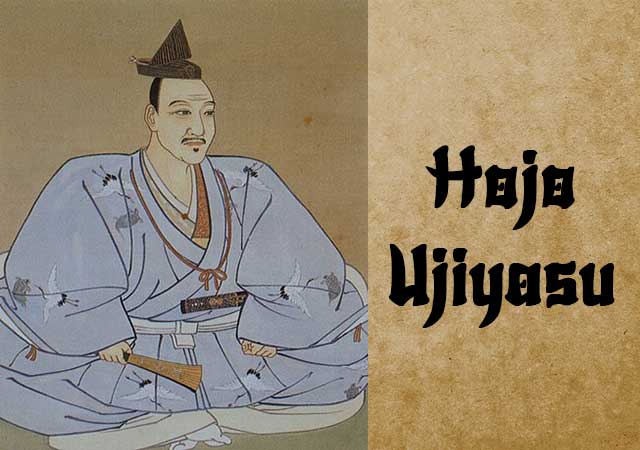
Hojo Ujiyasu (1515 – October 21, 1571), the third head of the Odawara Hojo clan, was a formidable daimyo known as the "Lion of Sagami." Revered as a fearsome samurai and brilliant strategist, he became famous for successfully breaking sieges by renowned warlords Takeda Shingen and Uesugi Kenshin. Ujiyasu was the son of Hojo Ujitsuna, and his only known wife was Zuikei-in, sister of Imagawa Yoshimoto. Among his children were Hojo Ujimasa and Uesugi Kagetora.
Born in 1515, Ujiyasu, originally named Chiyomaru, fought his first battle at the age of 15 against Uesugi Tomooki of the Ogigayatsu Uesugi clan at the Battle of Ozawahara in 1530. When his father died in 1541, many of the Hojo’s enemies saw an opportunity to strike. However, Ujiyasu rose to the challenge, reorganizing the Hojo lands and implementing key reforms, including cadastral surveys (1542-1543) and a taxation overhaul in 1550.
Odawara, where his family’s stronghold Odawara Castle was located, became a thriving trade center under his leadership. Ujiyasu developed the area by reorganizing roads and establishing artisans' guilds, markets, and post stations throughout the Hojo-controlled territory, solidifying his power in the Kanto region.
In 1545, Uesugi Tomosada, son of Uesugi Tomooki, sought to retake Kawagoe Castle with a large coalition of forces. Despite being vastly outnumbered, Ujiyasu, using strategic intelligence and ninja to gather information, led a decisive night raid during the Siege of Kawagoe Castle, securing a major victory. This triumph marked a turning point in the Kanto region, leading to the downfall of the Ogigayatsu Uesugi clan and diminishing the prestige of Uesugi Norimasa, Kanto kanrei (Governor-General of the Kanto).
Ujiyasu’s conquests continued. In 1551, he defeated Uesugi Norimasa at Hirai Castle, forcing him to flee to Echigo, where he was sheltered by his retainer Nagao Kagetora (later Uesugi Kenshin). Ujiyasu’s strategic brilliance expanded the Hojo clan’s territory across Sagami, Izu, Musashi, Shimosa, and Kazusa provinces.
By 1559, Ujiyasu retired, passing formal leadership to his son Hojo Ujimasa. However, even in retirement, Ujiyasu played a key role in defending the Hojo clan’s interests, including fending off multiple sieges led by Uesugi Kenshin and Takeda Shingen, two of the period’s most powerful warlords.
The Hojo’s territory continued to expand under Ujiyasu, but their ambitions led to conflicts with neighboring clans. Notably, in 1567, the Hojo forces suffered a defeat against the Satake clan at the Battle of Numajiri, halting their eastern expansion.
Ujiyasu's diplomatic skills helped him make peace with his former adversaries, Uesugi Kenshin and Takeda Shingen. He solidified alliances through marriage—one of his daughters married Imagawa Ujizane, and another, Hojo Masako, became the second wife of Takeda Katsuyori. Ujiyasu passed away in 1571, leaving behind a powerful legacy and a stable domain for his son Ujimasa to inherit.
See also
-
Tachibana Dosetsu
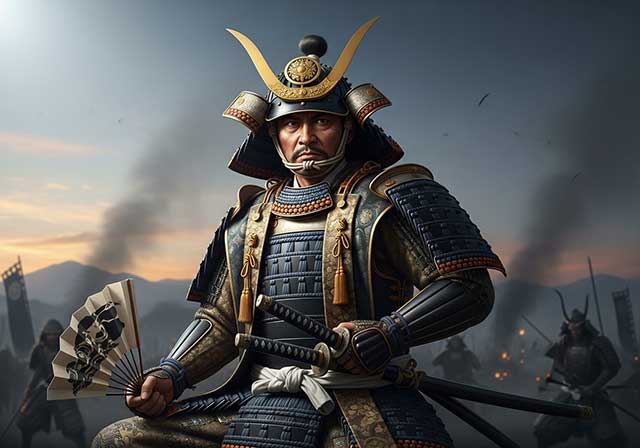
Tachibana Dōsetsu is the name by which Hetsugi Akitsura is more widely known; the name of this lineage is also found read as Hekki or Bekki. For a long period, Akitsura served the Ōtomo clan, the daimyō of Bungo Province, and took part in wars against the Ōuchi family, the principal enemies of the Ōtomo in northwestern Kyushu. In the 1560s, Akitsura seized the castle of the Tachibana clan, which had rebelled against the Ōtomo, and thereafter adopted the surname Tachibana. Around the same time, he took Buddhist vows and assumed the name Dōsetsu, which means “Snowy Road.”
-
Taira no Masakado
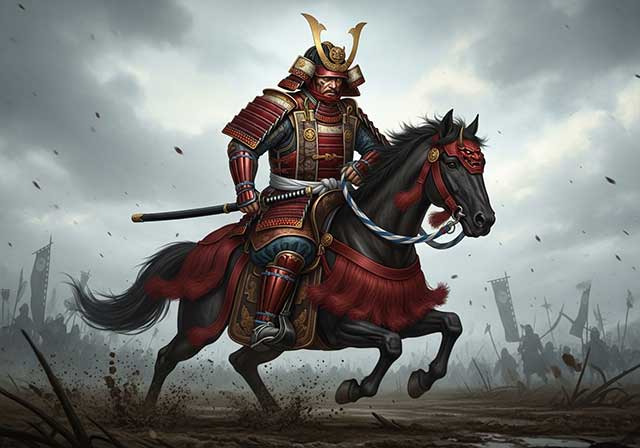
Taira no Masakado embodied the quintessential samurai of his era—self-assured, harsh, and unyielding. In his youth, he served in the palace guard and repeatedly proved his bravery while suppressing unrest. Thanks to these achievements, Masakado sought the post of chief of the capital’s military-police office (the kebiishi-chō), but he was rejected: by that time, nearly all court positions—now little more than privileged sinecures—were controlled by members of the powerful Fujiwara clan.
-
Sakakibara Yasumasa
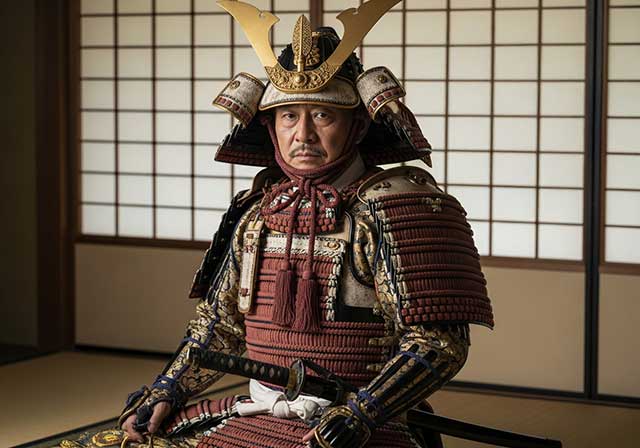
Yasumasa was the second son of Sakakibara Nagamasa and was born in Ueno in Mikawa Province. From a young age, he began serving Tokugawa Ieyasu and eventually rose to the position of one of his most trusted generals. His wife was the daughter of Osuga Yasutaka. Ieyasu first noticed the young Yasumasa during the suppression of the Ikkō-ikki uprising in Mikawa in 1564. Thanks to his demonstrated abilities, Yasumasa was granted the privilege of using the character “yasu”—the second character of Ieyasu’s own name—in his own. Although he was the second child in his family, he became his father’s heir, though the exact reasons for this remain unknown.
-
Sakai Tadatsugu
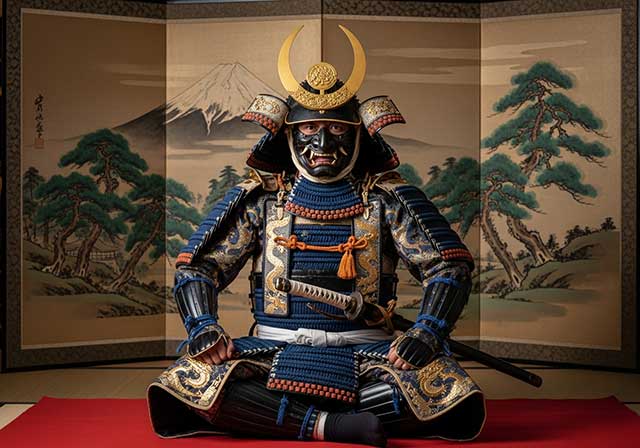
Tadatsugu was one of the most renowned generals serving Tokugawa Ieyasu. After Ieyasu broke ties with the Imagawa clan, Tadatsugu—an ardent supporter of this decision—was granted command of Yoshida Castle in 1565, which controlled the coastal road from Tōtomi to Mikawa. During the Battle of Mikatagahara in 1573, he held the right flank of the Tokugawa forces even when the troops sent by Oda fled under the assault of the Takeda army. In the Battle of Nagashino in 1575, he personally requested permission to carry out a night attack on the Takeda camp, which he executed brilliantly together with Kanamori Nagachika.
-
Ryuzoji Takanobu
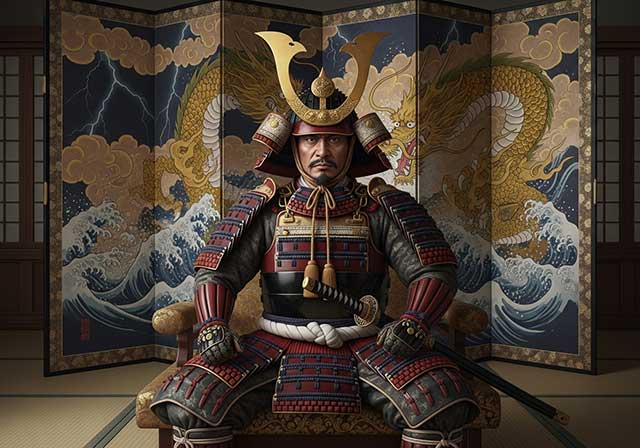
Takanobu was the eldest son of Ryūzōji Takaie and the great-grandson of Ryūzōji Iekane. His father was killed by a man named Baba Yoritiku in 1544. At a young age, Takanobu took Buddhist vows and received the monastic name Engetsu. However, around the age of eighteen, he returned to secular life, and in 1548, after the death of Ryūzōji Tanehide, he became the head of both branches of the Ryūzōji family.
-
Ouchi Yoshihiro
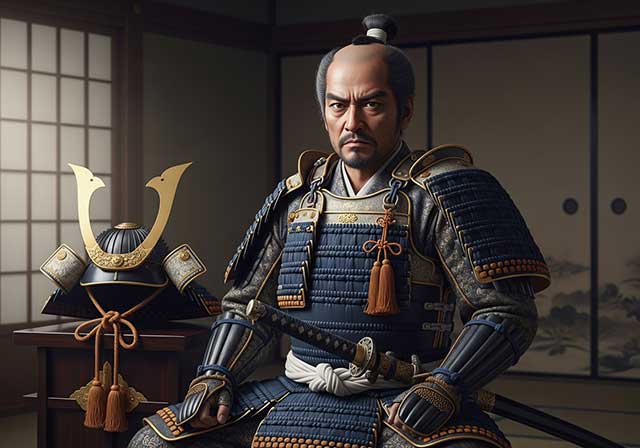
Ōuchi Yoshihiro was the second son of Ōuchi Hiroyo, who headed the Ōuchi clan in the western part of Honshu. In 1363, Shogun Ashikaga Yoshimitsu confirmed the Ōuchi family in the position of shugo of Suō and Nagato Provinces. In his youth, Yoshihiro assisted his father in strengthening the influence of the Northern Court on the island of Kyushu — they served under Imagawa Ryōsun, who had been tasked with subjugating the nine provinces of Kyushu.
-
Ouchi Yoshioki
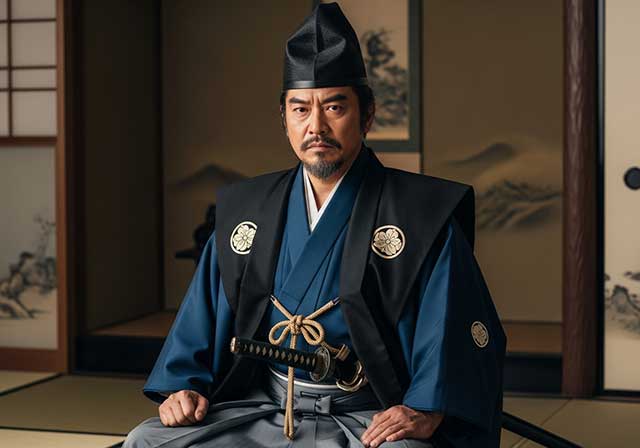
Ouchi Yoshioki, the ruler of the provinces of Suo, Nagato, and Iwami, was one of the most capable military commanders and politicians of the late 15th and early 16th centuries. The son of Ouchi Masahiro, he governed from his residence in Yamaguchi in the province of Suo. In 1499, Yoshioki gave refuge to Shogun Ashikaga Yoshitane, who had been driven out of Kyoto by Hosokawa Masamoto. Shogun Yoshizumi, Masamoto’s protégé, ordered the lords of Kyushu to unite their forces against Yoshioki; however, they did not dare to do so, fearing the power of a man who by that time controlled six provinces. Having gathered a substantial army, Yoshioki marched from his native Suo toward Kyoto in order to restore Shogun Yoshitane to power.
-
Otomo Sorin

Ōtomo Yoshishige came from a noble lineage, being the eldest son of Ōtomo Yoshiaki, the ruler of Funai Province. The roots of the Ōtomo family traced back to Fujiwara Hidesato, the adopted son of Nakahara Chikayoshi. Fujiwara served Minamoto Yoritomo during the Genpei War and took part in battles in Mutsu Province in 1189. In 1193, he was appointed shugo of Buzen and Bungo Provinces, after which he adopted a new surname—Ōtomo.

